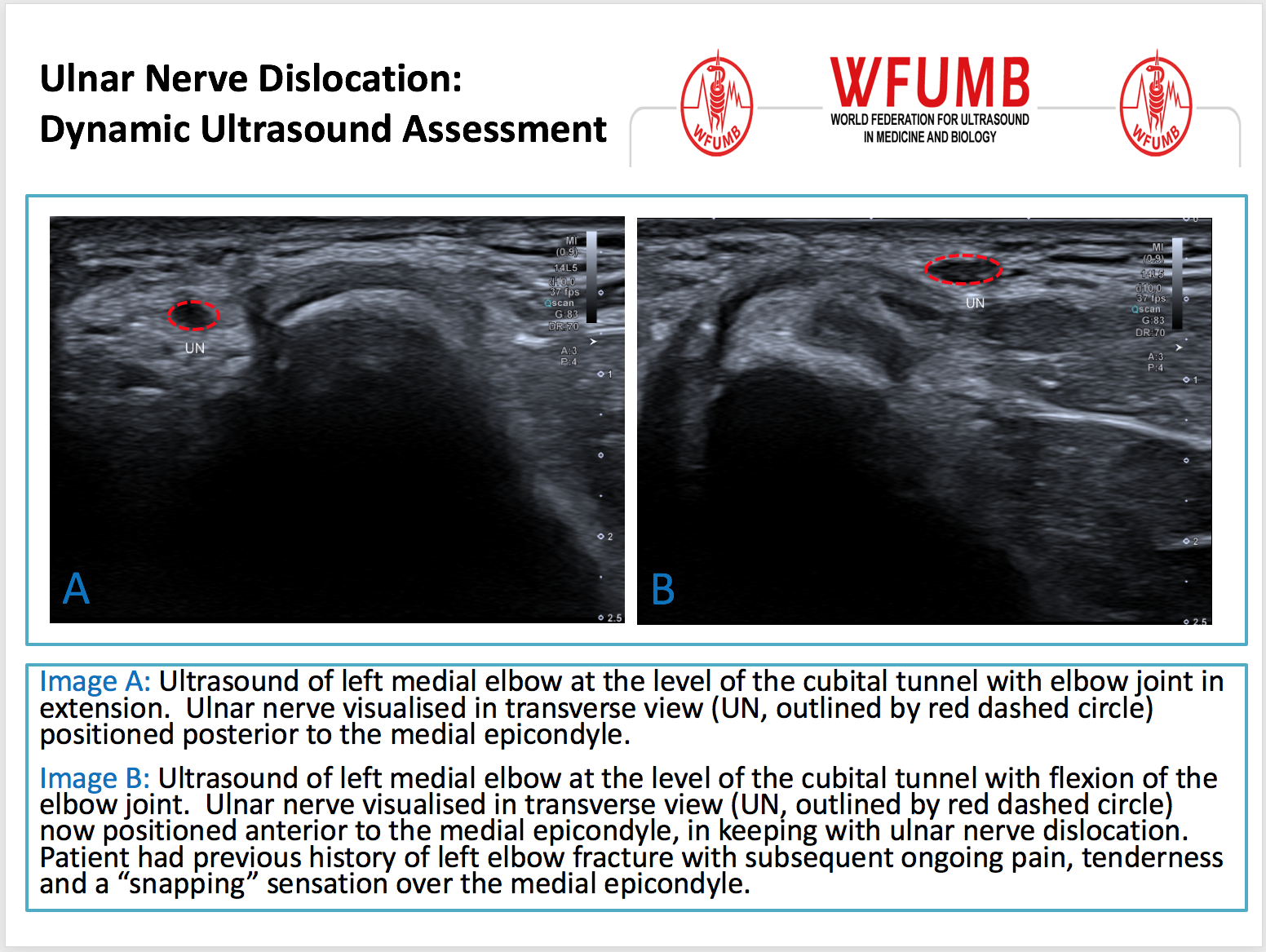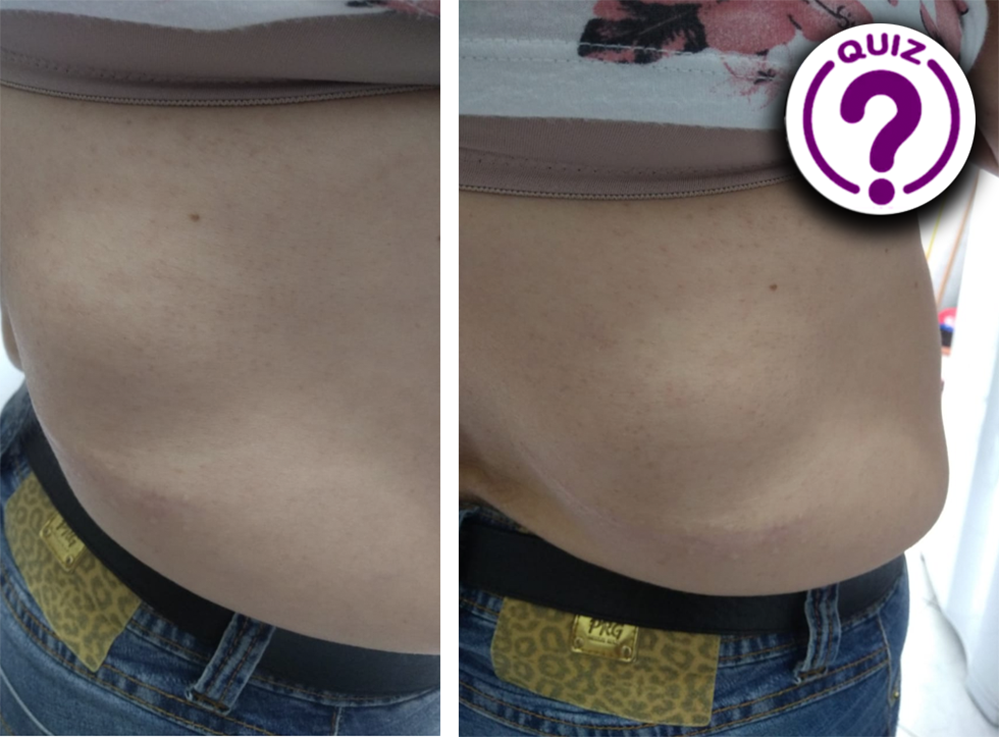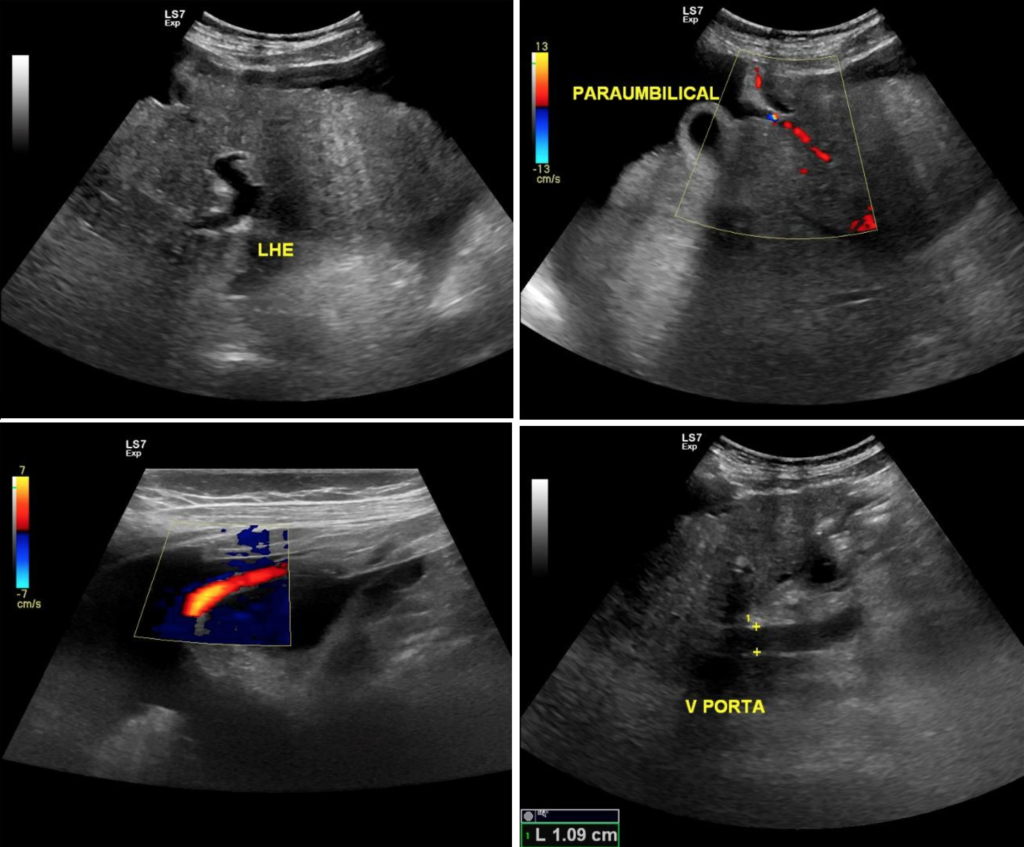
Ultrasound the Best #05: Ulnar Nerve Dislocation: Dynamic Ultrasound Assessment
July 22, 2020
Case of the Month September 2020- Bulging of the right flank of the abdomen
September 2, 2020Simone Uezato Ota, Caio Batalha Pereira, Marcelo Schelini, Fernando Linhares Pereira, Wagner Iared, Maria Cristina Chammas.
Centro de Aperfeiçoamento e Pesquisa em Ultrassonografia Prof. Dr. Giovanni Guido Cerri, DASA, São Paulo, Brazil.
Clinical History:
A 56-year-old man, diabetic, hypertensive, smoker and chronic alcoholic with dyslipidemia from the countryside of the State of São Paulo, with negative serology for viral hepatitis, was referred to our clinic for an ultrasound examination to follow-up on liver cirrhosis.
The following are his ultrasound images:
Quiz-summary
0 of 1 questions completed
Questions:
- 1
Information
View the August Case below, answer the question and then click check >
You have already completed the quiz before. Hence you can not start it again.
Quiz is loading...
You must sign in or sign up to start the quiz.
You have to finish following quiz, to start this quiz:
Results
0 of 1 questions answered correctly
Your time:
Time has elapsed
You have reached 0 of 0 points, (0)
Categories
- Not categorized 0%
- 1
- Answered
- Review
-
Question 1 of 1
1. Question
Question: Based on the data provided, which of the following answers explains the hepatofugal blood flow presented:
Correct
Incorrect



